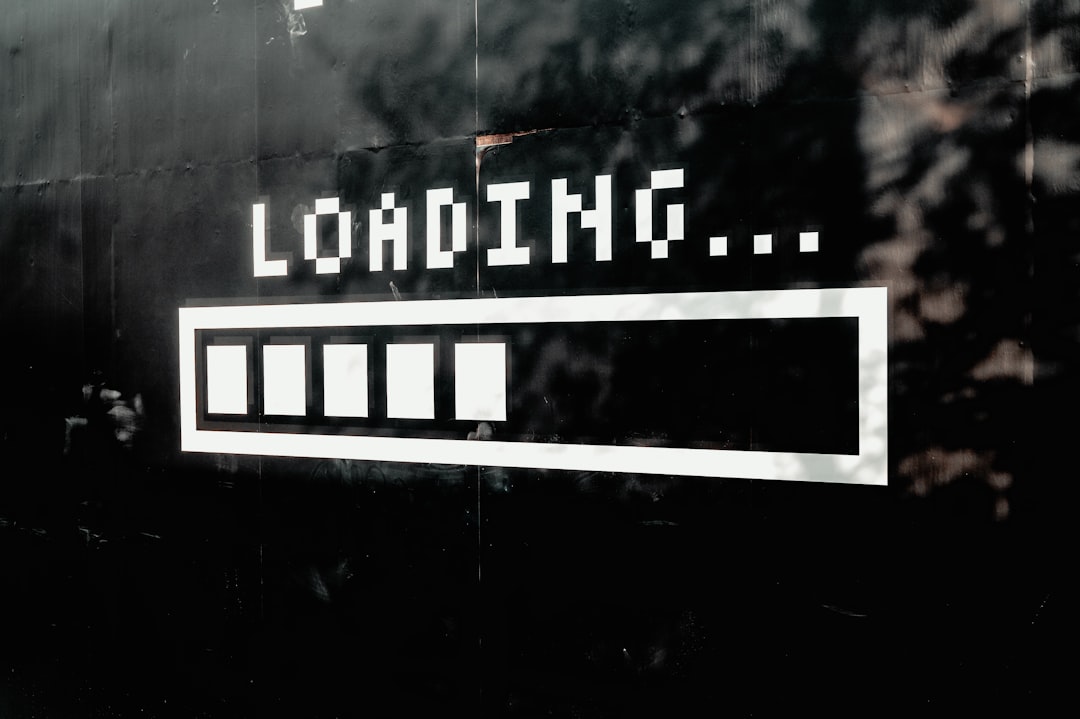What is it about?
This study investigated the sale of tobacco products near schools in India. It's important because children are easily influenced by tobacco and shouldn't be exposed to it. In India, a law (COTPA) already bans tobacco sales around schools. The researchers surveyed schools in four states (Andhra Pradesh, Karnataka, Meghalaya, Uttar Pradesh) to see how many shops were breaking the law by selling tobacco within 100 yards of the school. Out of over 289,000 schools contacted. Among those, over a quarter (26%) reported having shops nearby that sell tobacco illegally. This suggests the law may not be well enforced everywhere. The researchers also looked for connections between the type of school and whether there were shops selling tobacco nearby. They found that larger schools, primary schools (for younger children), and schools in urban areas were more likely to have these shops nearby. This is the first major study of its kind in India, and it highlights the need for stricter enforcement of the law to protect children from tobacco exposure. The information from this study can help authorities target their efforts in areas with the most violations.
Featured Image

Photo by Carlos Magno on Unsplash
Why is it important?
This study on tobacco sales near schools in India is important for four important reasons: Protects Children: Children are more susceptible to addiction and easily influenced by their surroundings. Tobacco use is harmful at any age, but especially for young people. This study helps identify areas where children are more likely to be exposed to tobacco, allowing efforts to be focused on protecting them. Checks Law Enforcement: In India, selling tobacco near schools is already illegal. This study exposes how well the law is being enforced. If a significant number of schools have shops selling tobacco nearby, it shows there's a gap between the law and its implementation. Informs Policymakers: By finding connections between school characteristics and tobacco sales, this study helps policymakers understand where enforcement efforts might be most effective. This could involve stricter punishments for violations or increased resources for inspections. Model for Other Countries: This is a large-scale study and the first of its kind in India. The approach used here can be a model for other developing countries struggling with similar challenges of tobacco control and enforcement.
Perspectives
Study holds significance for clinicians in the bigger picture of cancer prevention. Here's why: Reduces Future Cancer Risk: Tobacco use is a major risk factor for various cancers, including lung, head and neck, and esophageal cancers. By identifying areas where children are exposed to tobacco, this study can help prevent future cases of these cancers these surgeons may encounter. Early Intervention Potential: Early detection and intervention are crucial for successful cancer treatment. This study helps identify potential high-risk populations for future tobacco use, allowing for targeted public health initiatives to educate children and teens about the dangers of tobacco. Supports Public Health Efforts: Cancer surgeons often witness the devastating effects of tobacco use. This study findings can be used to advocate for stricter tobacco control policies and increased enforcement, ultimately reducing the overall cancer burden. In essence, this study helps prevent the very conditions a cancer surgeon would often operate to treat. By stopping children from getting hooked on tobacco early on, the study contributes to a future with potentially fewer cancer cases.
Dr Hitesh R Singhavi
Read the Original
This page is a summary of: Survey from 61,748 schools in four States of India on sale of tobacco products near schools, PLoS ONE, April 2024, PLOS,
DOI: 10.1371/journal.pone.0301893.
You can read the full text:
Contributors
The following have contributed to this page










